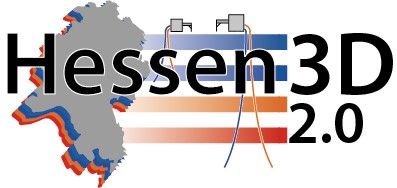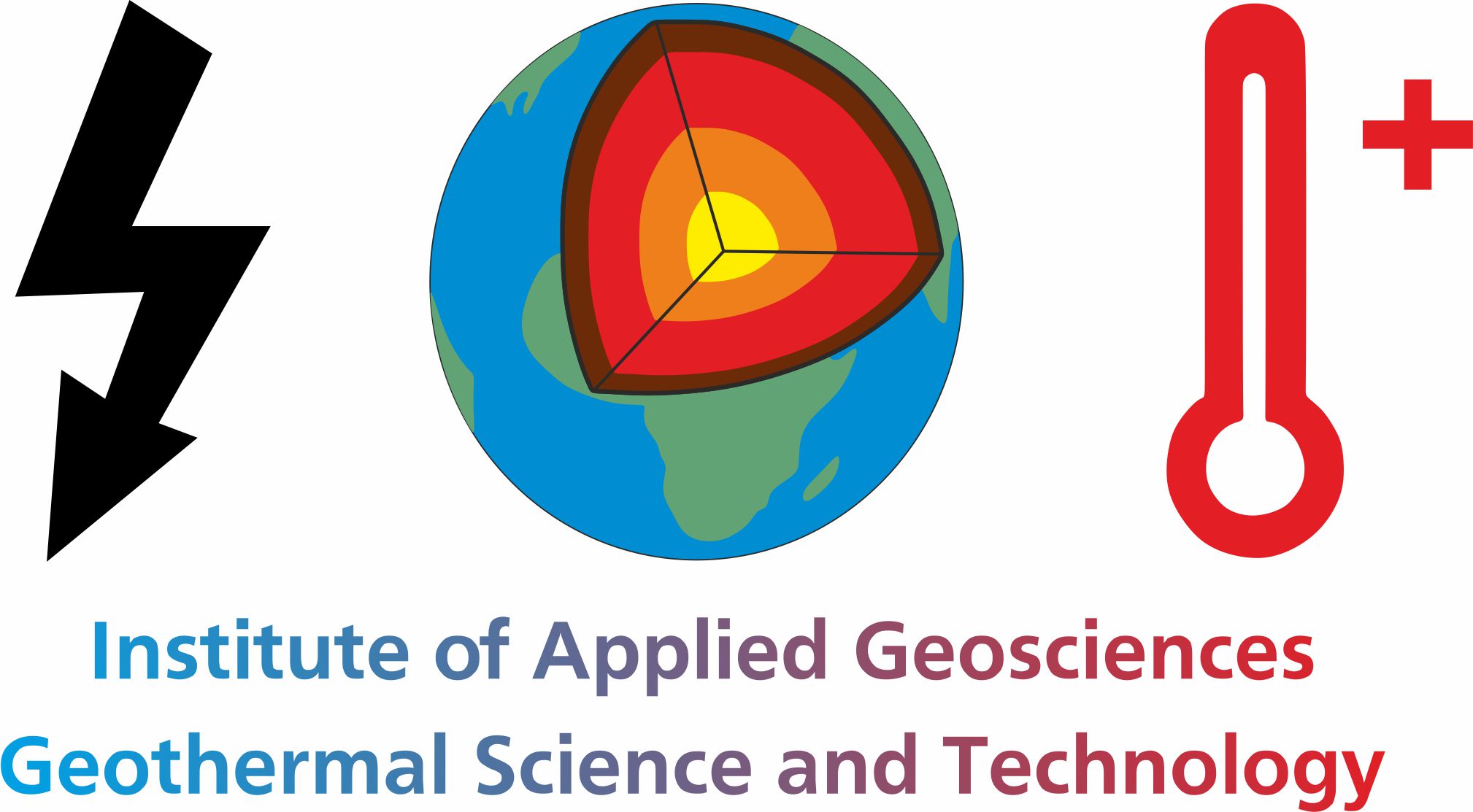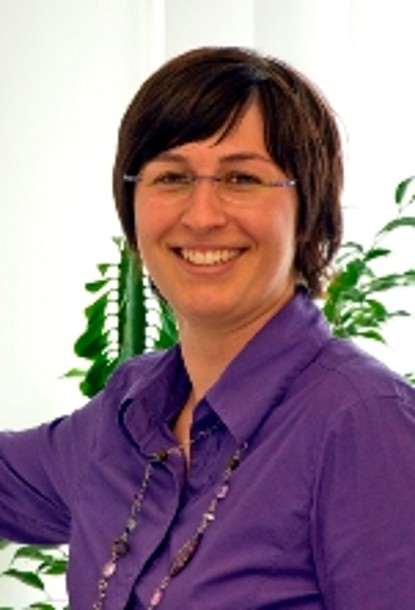
Over 95% of the deep geothermal potential for power production of Germany are located within the crystalline basement (TAB 2003). Geothermal power in Germany is so far produced only from hydrothermal systems, since both the techno-economic feasibility of enhanced geothermal systems (EGS) is not yet demonstrated and the current state of knowledge about structure, composition and reservoir properties of the basement is not yet sufficient.
Within the scope of the German ‚Energiewende‘, potentials for storage of heat and power are becoming more and more important. The share of heat consumption of around 55% of the total primary energy demand of Germany remained constant in the last 10 years and is the largest single energy sector (BMWi 2014). As defined by the EEWärmeG (national law for the development of renewable energies in the heat sector, 2009) renewable energies should cover about 14% of this heat demand by 2020. To achieve this goal and to further reduce CO2-emmissions in the future cutting-edge technologies are required. New combinations of renewable energies – e.g. solarthermics and geothermics – in combination with seasonal underground thermal energy storage (UTES) in aquifers or by shallow to medium deep borehole heat exchanger fields are promising approaches.
For the federal state of Hesse in contrast to hydrothermal resource assessment so far no regional assessment of petrothermal or medium deep geothermal resources are available. To bridge this gap, the project “Hessen 3D 2.0” was successfully proposed by the Group of Geothermal Science and Technology of the Technische Universität Darmstadt in cooperation with the GFZ Potsdam, Section 6.1 Basin Modelling. This BMWi-funded project started in February 2016 and is additionally supported by several associated partners as the federal geological survey of Hessen (Hessisches Landesamt für Naturschutz, Umwelt und Geologie, HLNUG), the federal Ministry of Economics and Energy (Hessisches Ministerium für Wirtschaft, Energie, Verkehr und Landesentwicklung, HMWEVL) and the Leibniz Institute for Applied Geophysics (LIAG).
The main goal of the project is to significantly enhance the assessment of the prospective risk (‚Fündigkeitsrisiko) for geothermal project in Hesse, based on the results of the predecessing project ‚Hessen 3D‘ (Arndt et al. 2011, Bär et al. 2011, Sass und Hoppe 2011).
It is therefore intended to significantly increase the detail of the existing 3D geological models of Hessen (Arndt et al. 2011, Freymark et al. 2015) to be able to distinguish both the petrological units of the basement and the potential reservoir formations in the sedimentary cover as well as the geothermal properties of these units. This enables thermohydraulic modelling of the subsurface temperature distribution considering the variation of rock and reservoir properties and the dominant heat transport processes. This physical-numerical approach should significantly increase the quality of the purely interpolative approach of ‘Hessen 3D’.
The project itself consist of three subprojects focusing on the development and enhancement of databases on the physical rock-, fluid- and reservoir properties, resource assessment and thermohydraulic subsurface temperature models. Subproject I deals with the petrothermal potential prognosis, while subproject II is focused on the potential for direct heat and heat storage and subproject III, as described above, will focus on the thermohydraulic modelling.
Assessment of hydrothermal, petrothermal and UTES potentials will consider both technical and economic boundary conditions and of course the statistics for the different relevant reservoir properties of the different geological units. This will allow for stochastic assessment of the potentials including the determination of the probability of success, which is one of the key requirements for risk insurance (‘Fündigkeitsrisikoversicherungen’) and will provide the necessary numbers to attract investors to geothermal projects.
Eventually, the results will be coupled to existing 3D city models (e.g. Frankfurt a.M.) which document the local and regional heat demand and in combination with the geothermal potentials can lead to identify suitable locations for geothermal projects. Furthermore, the results will be published online and as open-access information so that project developers, planers, local or regional energy companies, government institutions as well as scientists can interactively access and use all provided information. Additionally, all results will be provided to the geothermal information system of Germany (GeotIS) hosted by the LIAG.
References
Arndt, D., Bär, K., Fritsche, J.-G., Kracht, M., Sass, I. & Hoppe, A. (2011): 3D structural model of the Federal State of Hesse (Germany) for geopotential evaluation. – Z.dt.Ges.Geowiss., 162(4): 353-370.
Bär, K., Arndt, D., Fritsche, J.-G., Götz, A.E., Hoppe, A., Kracht, M. & Sass, I. (2011): 3D-Modellierung der tiefen-geothermischen Potenziale von Hessen – Eingangsdaten und Potenzialausweisung. – Z.dt.Ges.Geowiss., 162 (4): 371-388.
Freymark, J., Sippel, J., Scheck-Wenderoth, M., Bär, K., Stiller, M., Kracht, M., Fritsche, J.-G. (2015): Heterogeneous crystalline crust controls the shallow thermal field – a case study of Hessen (Germany). – Energy Procedia 76: 331-340.
Sass, I., Hoppe, A. [Hrsg.](2011): Forschungs- und Entwicklungsprojekt 3D Modell der geothermischen Tiefenpotenziale von Hessen. – Abschlussbericht, 218 S., TU Darmstadt. (http://www.energieland.hessen.de/mm/3-D-Modell-Hessen-Endbericht_(PDF,_7.300_KB).pdf)
TAB-Bericht: Paschen, H., Oertel, D. & Grünwald, R. (2003): Möglichkeiten geothermischer Stromerzeugung in Deutschland. – Büro für Technologiefolgen-Abschätzung beim deutschen Bundestag. 128. S.
BMWi (2014): Endenergieverbrauch nach Anwendungsbereichen. Hg. v. Bundesministerium für Wirtschaft und Energie.
Further Information
- Funding Period: 4 Years (01.02.2016 – 31.01.2020)
- Grant Authorities: BMWi Grant Agreement number: 0325944)
Cooperation Partner:
- GFZ Helmholtz-Centre Potsdam – German Research Centre for Geosciences, Department 6.1 Basin Modelling, Prof. Dr. Magdalena Scheck-Wenderoth
Associated Partners:
- Hessian Agency for Nature Conservation, Environment and Geology (HLNUG)
- Hessian Ministry for Economic Affairs, Energy, Traffic and State Development (HMWEVL)
- Leibniz Institute for Applied Geophysics, Department Geothermic & Information System (LIAG)
Subcontractor
- virtualcitySYSTEMS (VCS)


